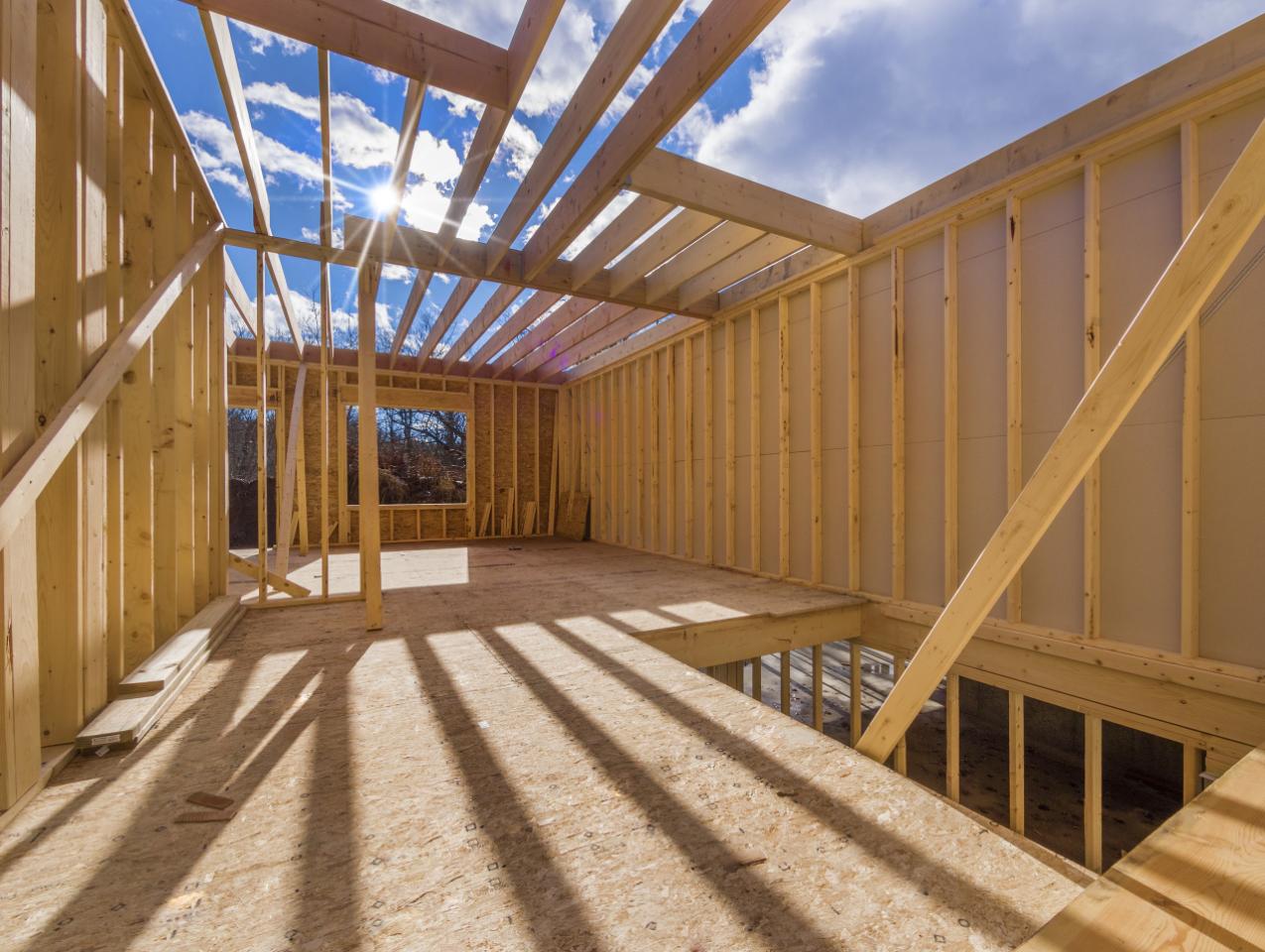- Economics
- Law & Policy
In his excellent article, “The Great American Single-Family Home Problem,” Conor Dougherty, an economics reporter for the New York Times, offers a riveting account of a heated land-use dispute in Berkeley, California. In 2014, a real estate developer purchased a dilapidated home at 1310 Haskell Street in an estate sale. But his plan to rip that structure down to put three modern single-family homes on the lot met with intense local resistance. The neighbors claimed that the new homes would reduce street parking, block sunlight, and change the character of the neighborhood for the worse. Lawsuits delayed construction for several years even though that project complied with all local zoning ordinances. The story illustrates the fatal pathologies that grip land-use regulation in the United States.
In the short run, such regulations produce notable local victories. They slow down the projects and raise the costs of new construction, dulling the ardor of the hardiest developer. But these local victories can become regional disasters, as an acute housing shortage raises the prices of existing units to unaffordable levels, leading first to long commutes over clogged highways and then to outmigration by small businesses and individuals who cannot tolerate the grind. In response to this impasse in California, Governor Jerry Brown has backed a set of administrative reforms designed to prod wayward local governments to expedite issuing building permits. But it is highly unlikely that piecemeal reforms of this nature will make the slightest dent in the current housing crisis, partly because they are often packaged, as Dougherty notes, with proposals to subsidize affordable housing and demands that construction workers be paid prevailing (i.e. union) wages.
The difficulty stems from a fundamental premise of modern American land-use law that has gone unexamined for decades: namely, that the government has the unquestioned right through its planning processes to impose a stifling array of permits and restrictions that tell the developer what, when, where, how and how much to build on his own property. Indeed, recent work finds that “as much as 40% of the slowdown in economic growth” is attributable to the ever-expanding panoply of land use restrictions. Clearly, the situation has taken a turn for the worse. It is important to understand how a wrong turn in basic legal theory undergirds the current crisis.
The crux of the problem lies in the somewhat arcane issue of what counts as an externality. In its broadest sense, the term signifies any situation in which actions undertaken by one person have a negative impact on the well-being of another. In the context of land-use regulation, the activities of one neighbor routinely infringe on the welfare of another. But it cannot be the case that every externality is powerful enough to justify limiting the freedom of action of everyone else. By that logic, anytime anyone wants to build, he always faces a meritorious claim that his new building blocks the views of his neighbors or changes the character of the neighborhood for the worse. Without some serious qualifications on this elastic notion of externality, all development could be brought to a halt as neighbors hurry to court to save themselves from harms attributable to the activities of others. The exclusive preoccupation with these external harms necessarily ignores the gains for the parties that use and develop their land. A correct social calculus must take into account all gains and losses, and to do so it has to find that subset of externalities that should be the source of legal claims by stopping only those activities that produce more external harms than create internal benefits.
That class of illicit activities is usually very small. The common law dealt with these critical trade-offs by resorting to the ordinary law of nuisance, defined to cover the “nontrespassory” invasions of dirt, filth, noises, and smells that so impact a neighbor as to make his situation unlivable. There is no system of land-use regulation which has ever given a free pass to these noxious activities. But the basic prohibition against these invasions has always been tempered by the live-and-let-live rule under which all individuals are forced to tolerate the low-level annoyances from their neighbors in exchange for the right to engage in similar activities of their own—where all parties benefit from the relaxation of the basic prohibition. And these nuisance rules were further modified so that certain noninvasive activities—such as removing support from neighboring lands, which would otherwise cave in if one person dug out his own land right up to the boundary line—were also prohibited. In essence, each of these adjustments improve the position of all people subject to the rule.
In the end, therefore, big-ticket nuisances were subject to both damage actions and injunctions, but virtually all other conduct, including blocked views, were treated as noncognizable injuries that were ignored by the courts. When consistently applied, this approach tended to maximize the joint value of all property subject to that legal regime. In those few cases where the state wishes to impose some additional unique restriction on certain parcels of land, it can exercise its condemnation power by paying the owner a sum equal to the losses imposed by regulation.
All that changed in the 1926 Supreme Court decision of Euclid v. Ambler Realty, in which a zoning scheme broke up a coherent 68-acre commercial plot into adjacent smaller parcels that were arbitrarily zoned for either single-family homes, apartment houses, or industrial uses. The result was that the value of the parcel was reduced by over 80 percent, without any identifiable gains of that magnitude to the neighbors. Nonetheless, the Supreme Court upheld this exercise in value-destruction in such broad terms that today governments can impose virtually any restriction on land use.
Today, zoning works in such a way that gives the first group to build the political clout to secure ironclad protections against any subsequent development of nearby lands that reduces the incumbent’s perceived land values. And so in Berkeley today, the neighbor who grows beans on his land that are worth, say, a few thousand dollars, can successfully block or delay the construction of new homes that are worth a hundred times as much. Instead of categorically rejecting the outlandish claims of the bean grower, the law slips into an endless administrative process that gives that claimant a respectful hearing even though his crops can be raised far more efficiently on agricultural lands that have little or no value for home construction.
Nonetheless, the pattern is now deeply entrenched. The locals vote for the city councils and zoning boards who owe no political favors to the outside developers or future residents that want move into the town. The losses to insiders are real, which is why they have political salience. But those losses are typically tiny compared to the less visible losses that come from the systematic deprivation of the opportunities of outsiders to move into the neighborhood. Hence, as Dougherty reports, “low-density living is treated as sacrosanct,” which means that new development is directed toward dense neighborhoods that are likely to be oversaturated. Price rises and housing crunches quickly follow.
California’s new administrative reforms place only a small Band-Aid on a gaping wound, for they do not attempt to pare down the capacious definition of externality that drives the entire zoning process. At this point, the only hope for relief is from courts that might give full constitutional protection to development rights from the warped political process that seeks to eviscerate them. But unfortunately, takings jurisdiction is a conceptual muddle because both state and federal courts have exhibited no willingness to stop the state from taking private development rights without providing compensation.
Today, the feeble constitutional protection afforded to property owners rests on the dubious assumption that “mere restrictions” on land use are largely immune from constitutional challenge. Modern judges uncritically accept the supposed expertise of the political branches of government to resolve land-use disputes. But ever since James Madison wrote about the dangers of faction in Federalist Number 10, it has been well understood that we need constitutional protections precisely because political majorities will, given a free hand, use their power to transfer wealth, privileges, and opportunities from outsiders to themselves. So when no one takes a hard stand against these systematic excesses, the political process then tries to offset the relentless uptick in prices by offering subsidies to displaced individuals, thereby creating another entitlement program that does little to control the relentless price increases. Committing two wrongs only creates two distortions that never cancel each other out.
Unfortunately, the lack of appreciation of the underlying conceptual issues has led to gridlock. California may be a lost cause. Let’s hope other states learn the dangers of using an overbroad definition of externalities before it is too late.
















